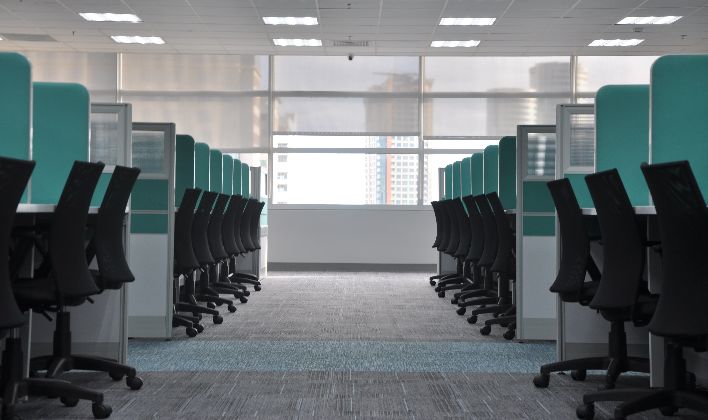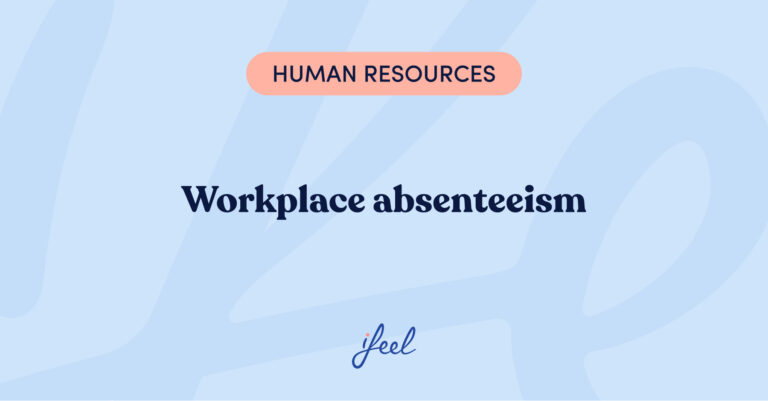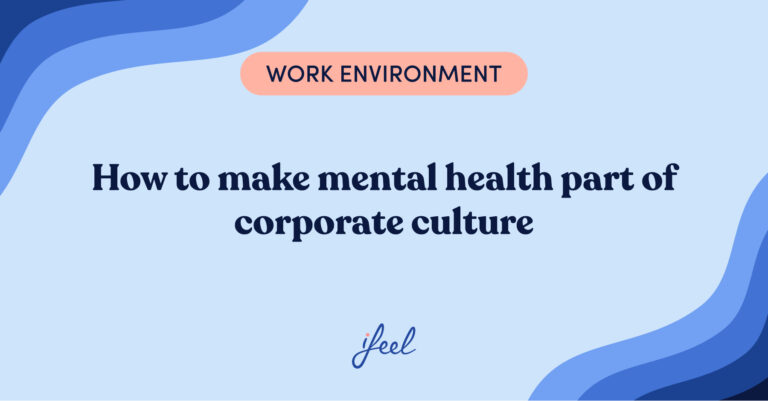Are you one of those who sees a return of the past and openly declares “I don’t want to return to the office?” If you’re one of the lucky ones to still have a job after the COVID-19 healthcare crisis, you have likely thought about our lives slowly going back to normal: the end of working remotely and on-site working.
In short, returning to the office. The answer as to which model of work is most appropriate for each person and which is most appropriate for the company as well is still not so clear.
Usually, we are lazy when it comes to changes. We are designed to fit in a routine, full of predictability and repetitiveness, however, it is essential to combine this with change from time to time. This is why, when we suddenly had to turn our homes into our offices and become used to doing everything online, the discomfort and laziness made some of us complain quite a bit.
And now, some are complaining again about having to re-trace that path whilst others are counting down the days to return to the office. Some have gained freedom, time, and comfort working from home. Some value eating better, sleeping more and not spending money on public transport. Not to mention those who want to integrate slowly into normality due to health reasons. Some live with anguish at the disruption between working, domestic and professional life, or the isolation, and are eager to go back to how things were. Working remotely is not to everyone’s liking and it’s the same with returning to the office.
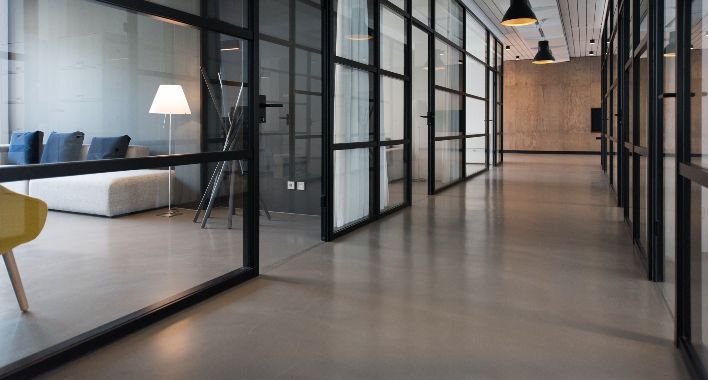
I don’t want to return to the office: How to coordinate it with the needs of the company
It seems like ages ago when the pandemic came into our lives, however, it was only a year and a half ago when we were packing up our things in the office not knowing when we would return. Some were never really fond of working from home. Of course, that was before they had to. And now they would probably say, “as remote workers we aren’t the same, we don’t enjoy the same things as we used to or we don’t need the same”. Or in opposite cases: we claim it as we need it more than ever right now.
Others were always keen on working remotely, but a neat, well-equipped, and efficient remote working. They did what they could in an emergency, but now, looking ahead, they want to do it well.
Some were never really fond of working from home. Of course, that was before they had to. As remote workers, we aren’t the same.
Some are hoping to return to the office because working from home has turned out to be a huge mess for them, however, beyond this, they demand an intelligent conciliation with the different facets of their lives. As anyone would.
How can these different realities be coordinated without the company feeling bitter and without it looking like, after everything “this has to change us (for the better)”, the unquestionable presence, so inefficient, and so typical of the Spanish labor scene?
A completed experiment
It’s true that before this epidemic there were companies -very few- with remote working policies. In many companies, there were people -no so little- who claimed remote working policies would be implemented. Both those who longed to work from home and those who needed some time to adapt to this shock saw themselves in a common situation: our health demanded it, everyone had to be at home.
It’s been some time now since our computers have been placed in the middle of our living room, the improvised office or even in our bedrooms. During this time the experience of working from home -without a choice- has taken its toll as it showed us an unexpected way of working. Now, those who manage teams have hinted that we will be returning to the office at some point soon. All of us have a clear idea of what we want and some have concluded: I don’t want to return to the office.
Yes, there are many opinions, depending on their roles and particular circumstances: what we need to be comfortable with, what our homes are like, if we need to separate both environments or if we are already used to the seclusion of working from home. Of course, the scenario is different for everyone. It’s different if we live alone or with children and other implications that can tip the balance of affection towards our home offices or the actual one.
The fact is, there were issues when we first had to leave our offices and work from home, and now the issue is to return to the office which we had left at some point at the beginning of March 2020.
Closing offices and remote working were mandatory, but interrupting working from home and imposing going back to the office is, in many cases, unnecessary. A new debate arises: What is the best option for our companies? In conjunction with this, another question emerges: putting aside what is better for our companies, what is better for our employees?
Before the 14th of March 2020, the majority of companies were unable to explain how working remotely would affect a small, medium, or a big part of their staff. They simply did not know. In the meantime, they resisted trying it out.
Almost a year and a half later, the experiment has been done intensively and extensively. The facts speak for themselves. Inside these varied results, the facts state that for many companies working from home has not only been a viable option but a positive one, or at least in some aspects. This is why so many people have a clear opinion: I don’t want to return to the office.
Thus, working from home is not possible for a company like ours is going to be something quite difficult to raise for many management teams, as it has been proved that we have been able to do the same amount of work from home and that it is viable to do so. What proportion of this is good for our tasks (results, income) and what proportion is good for employees (human beings) is a different subject. To work this out (being fair): we have to ask our employees and not just look at the results.
Whatever it may be, the route to normality is advancing due to the availability of the vaccine and it is time to make decisions. In offices. Or in our living rooms.
This is why if you consider returning to the office essential for a better performance from your team and that working remotely has been a provisional ‘make do’ situation, then there isn’t much to say and the only thing left is to manage it the safest way possible.
However, if it still isn’t clear whether on-site working is essential for your company, then don’t rush your decision.
It was all about getting through this, wasn’t it? To learn, to improve, to be a company that learns from experience. The opportunity to do this started when we closed our offices and that is what we have put our effort into during the months of lockdown. Now, this aim needs a significant push. And a smart one.
How to decide what we will do with working from home and on-site working
Ask your employees
Do you want to know what is the best option for them? Don’t presume, ask them openly. It is hard to satisfy everyone’s needs, especially if there are many of you and each one with different circumstances. They will give you useful information which can help you deciding. They will feel their opinions are taken into account (and more so when you explain your final decision). Moreover, it will provide a better perspective of what is really going on with your employees at this time. Remember: a manager assumes, a leader asks.
A new era, a new organization
There isn’t just one option when it comes to returning to the office. Assess the situation honestly with the needs of your company and the characteristics of your team (or if you’re more sensitive, the needs of your employees).
You have different options, you can design what is the best strategy for the majority between all of you: one extreme is for everyone to return to the office and the other for everyone to work from home. In the middle, you should leave the option of who wants to return and who doesn’t. Another possibility is to set some days of remote working as optional and another mandatory on-site working, or even rotate weekly. It’s about money, we haven’t forgotten that, but it’s also about being coherent and that the majority of staff are as comfortable as possible.
Safety measures
Make sure your company has a health and safety protocol put in place, explicit and realistic for your return to the office. Make sure all of your staff know it and are prepared to put it into practice. If necessary, practice together. Meeting rooms, resting areas, toilets, the canteen, even the entrance can become a health issue if we don’t adjust to timing and the uses of spaces.
The office should have social distancing between employees, which should have hand sanitizers and know if it is mandatory or optional to wear a mask. Ask yourself: are you willing to make your employees wear a mask for eight hours a day instead of being at home without it doing the same tasks? Is your team willing to do this?
Work out the risks
No one doubts that being at home all the time is not the best option, for any employee or company. However, before mobilizing a group of people (which can even be up to one hundred) in a hot-headed decision or being overly optimistic, think that if just one member of staff becomes ill, you (and the rest of your team) will have to quarantine for at least two weeks. Is it worth it? Are your employees willing to do this?
Smart companies make the most of opportunities
Just like in many other aspects of the healthcare crisis we are going through, generalizing has become essential when talking about a related subject, in reality, the case studies can be infinite.
Lockdown hasn’t been the same for everyone at all, but we have all had to work on something commonly, our emotional flexibility. Now that we are in a new phase of the healthcare crisis, it is important not to lose the rhythm at which we were working… especially if it is not essential (whether we return or work from home just for the sake of it).
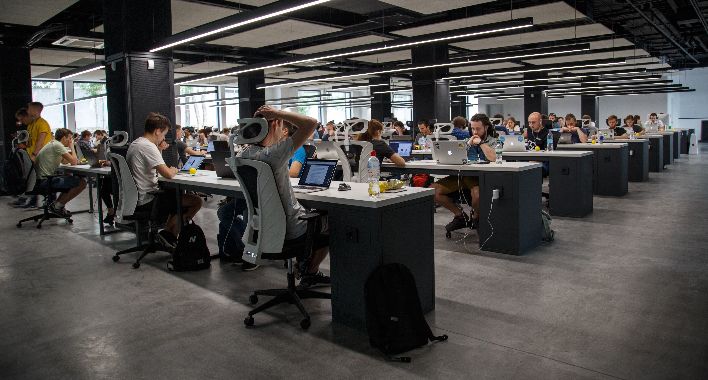
The balance between working from home and on-site working has to be convenient for those implicated.
Gaining time, freedom and comfort have been some of the greatest benefits for many people in their experience as home workers. Taking this into account, it is understandable when they say: I don’t want to return to the office. Others, however, remember the havoc with timings, the lack of separation between time and space, the sensation of living worse or of being a worse mother/father and also worse employee.
Whatever the case, the importance of this is that the people who have managed to improve their workplace health during these weeks have found a way of putting this discovery at the service of their company so they do not discard this. It is also desirable that this balance between working from home and working on-site is exactly that, a useful balance and efficient for all those involved, not just for the final product.
It isn’t easy, but the experiment is recent and the evidence in front of us, it’s time to be brave and face new ways of working, regardless of them being old or new. Managers and employees have different responsibilities within this. Hopefully, they reach an agreement.
